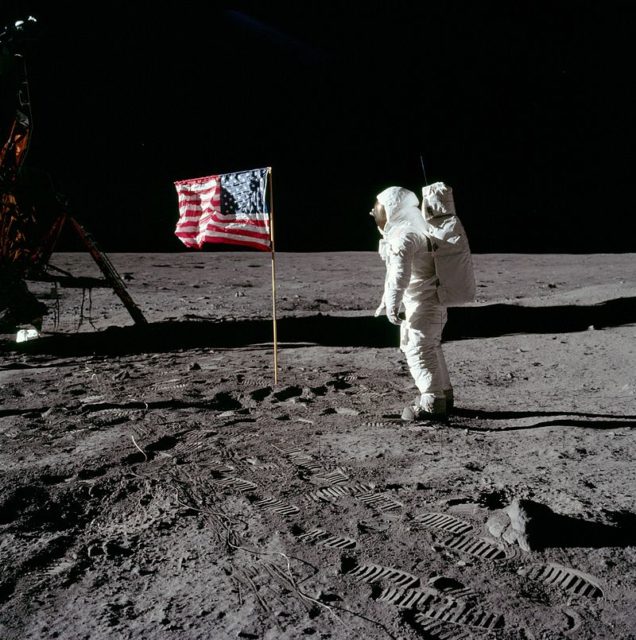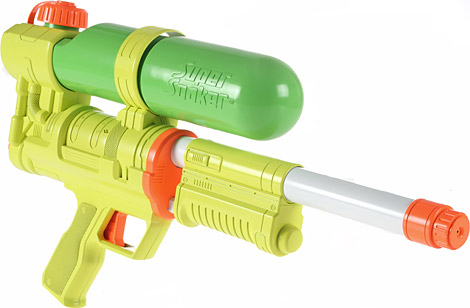
Commissioned to compete with Russians in their space ambitions, NASA was founded to form a comprehensive space plan for United States. NASA was the product of the famous ‘Sputnik moment’ in American History when the government and academics were hit by the realization that their rival and potential enemy Soviet Union had beaten US in space race by first launching man into space followed by Sputnik the first satellite. Over the subsequent years NASA undertook a number of projects facilitating American’s Space endeavour by landing man on Moon and launching Hubble known as ‘our eye in the space’. Following is the list of some of the everyday inventions that NASA helped shape due to its rigorous space exploration projection.
Water Filter
The astronauts travelling to hundreds of miles above earth needed the access to clean drinking water; NASA needed a plan for fast water filtering system in order to keep astronauts hydrated during their long space missions. Though water filter technology was present before NASA was even formed however the methods were not thorough, NASA needed water filter that could neutralize the harmful pathogens in water fast and effectively. The technology NASA engineers came up with is still in use by many people around the world, ridding communities off harmful bacteria and saving them from potential deadly disease.
Cordless Technology
Lack of work space and amount of equipment present at the station forced NASA to come up with a form of technology that required no or minimum wire requirement. Black & Decker had already come up with battery run products in 60’s, NASA carried out research to refine the existing technology to their needs in space. Apollo missions in mid 60’s required astronauts to acquire soil samples from Moon surface, which involved drilling. In collaboration with Black & Decker NASA made the magnet motor drills for the astronauts going on the moon, paving the way for future cordless technology which is now a reality of every household from phones to tea kettles.
Custom Shoes
In order to facilitate astronauts in their movement inside and outside the space craft, NASA made special boots with custom interior enabling smooth movement by reducing the stress on feet. Athletic shoe companies later adopted the technology by customizing the footwear of athletes in order to enhance performance by reducing pressure and fatigue on feet.
Smoke Detector
The very first space station ‘Skylab’ required the installation of a modern smoke detector to avoid fire and gas leakage incidents. In a collaborative project with Honeywell corporations NASA came up with a smoke detector with adjustable sensitivity, in order to detect a variety of smoke and gases, protecting the astronauts and million dollars equipment up in the space.
Satellite Communication
The first satellite in the space enabled the information from the space to be listening and analyzed on the ground. Fast forward to 2016 and we have hundreds of such satellites orbiting our little blue planet connecting billions around the world, enabling people to reach their loved ones thousands of miles away in a matter of seconds.
Infra-red in-ear Thermometers
The classic thermometers though widely used and depicted as the ‘poster boy’ of the temperature detection, the modern in-ear thermometers are actually NASA’s invention. Human ear drums are located deep inside human body and radiate the heat which is the actual body temperature. The in-ear thermometers utilize infra-red technology to measure the heat released by the ear drums in order to correctly tell the temperature of the body. The modern form of the infra-red thermometers found in almost all modern hospital facilities can detect the body temperature in less than two seconds.
Super Soaker

In 1982, NASA engineer and spare-time inventor Lonnie Johnson was working on his latest creation — a cooling pump that used water instead of Freon. He had a custom nozzle hooked up to his bathroom sink, and when he turned the water on, it fired a stream across the room. He immediately thought, “This would make a great water gun!”
Whilst doing work with the U.S. Air Force, he still had time for his hobbies. This is when he first thought of the Super Soaker. On October 14, 1983 he applied for a U.S. patent. On May 27, 1986 he received patent number 4,591,071. Initially it was called the “Power Drencher”, but after some tweaks and remarketing, it got its official name. The Super Soaker topped out at $200 million in annual sales in 1991